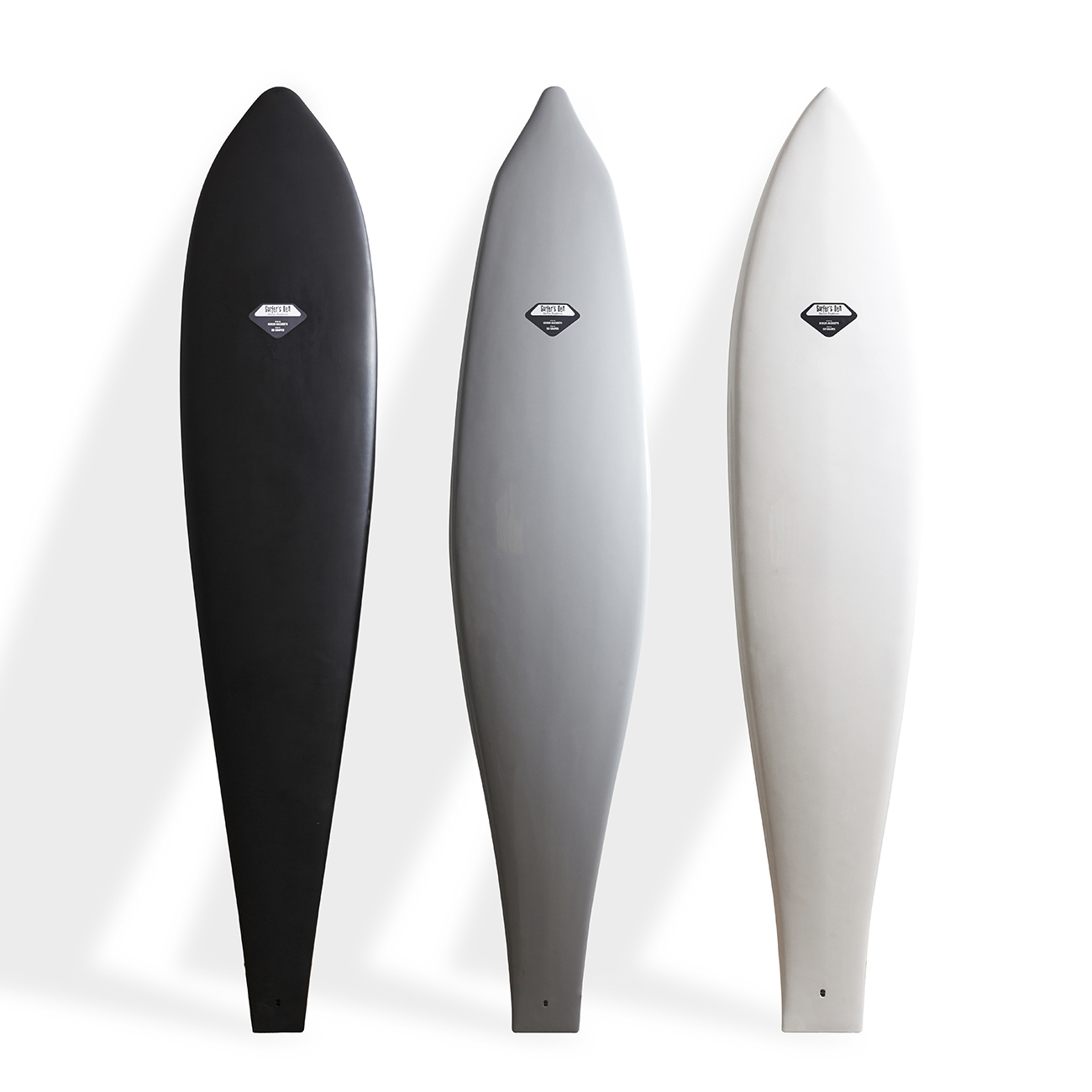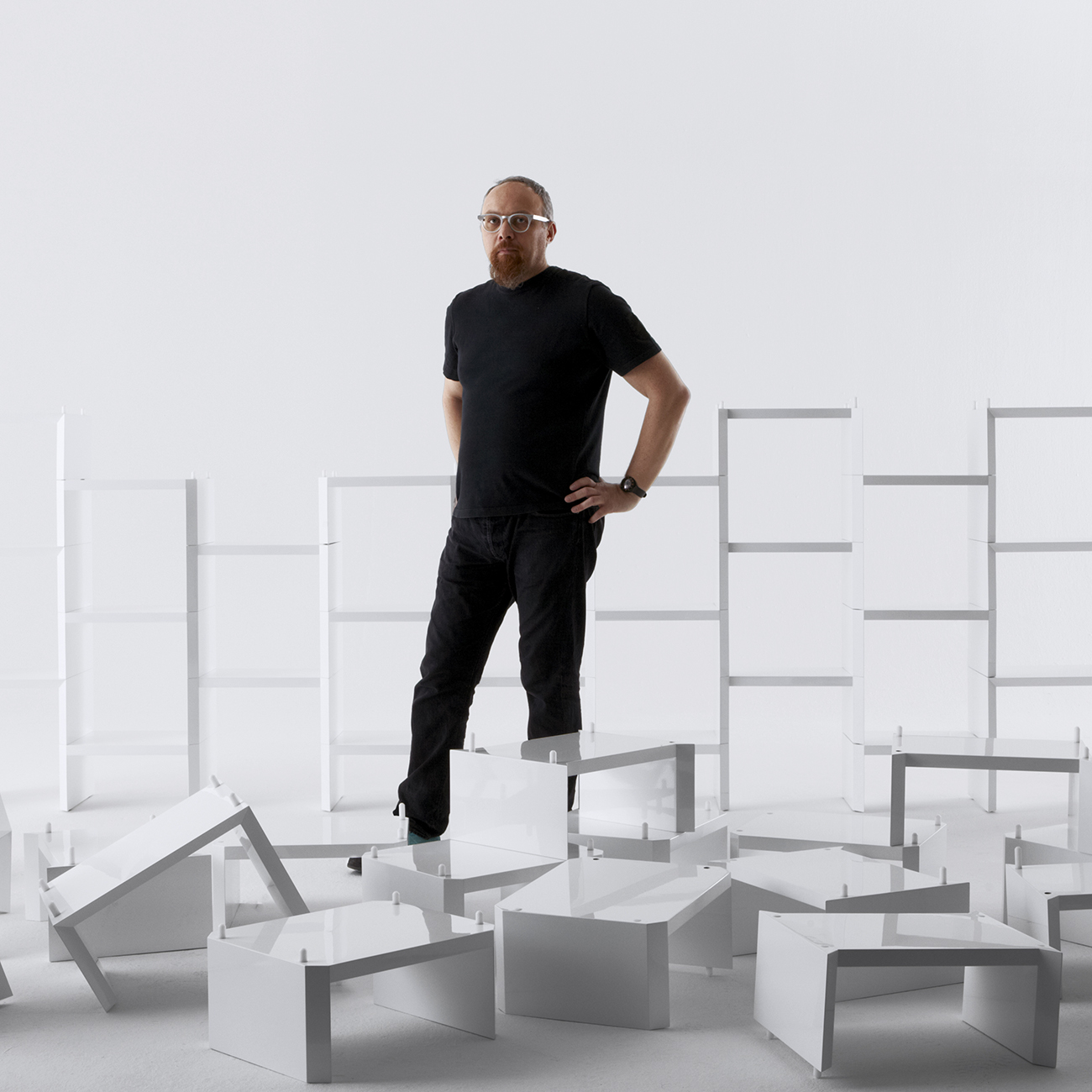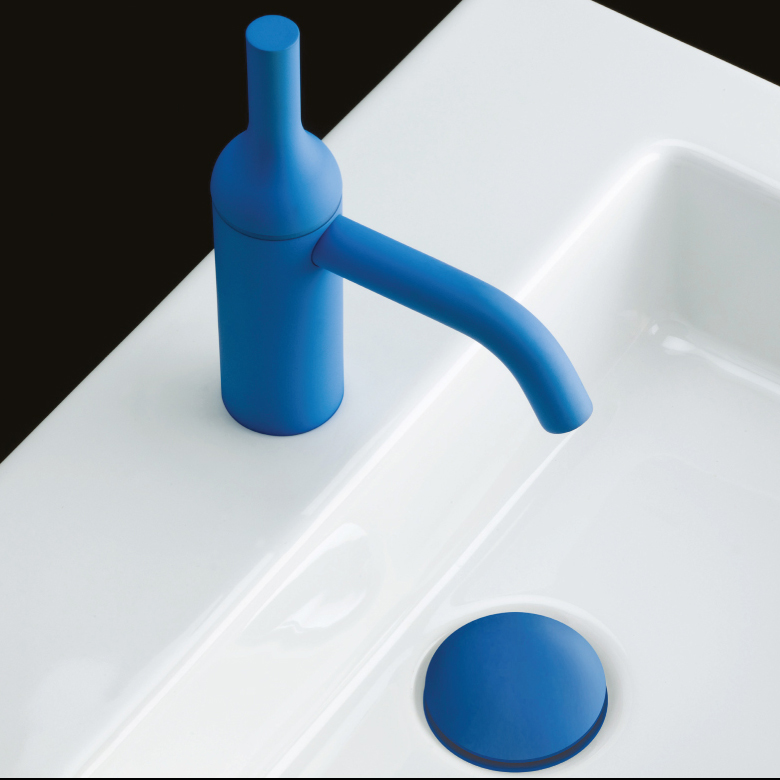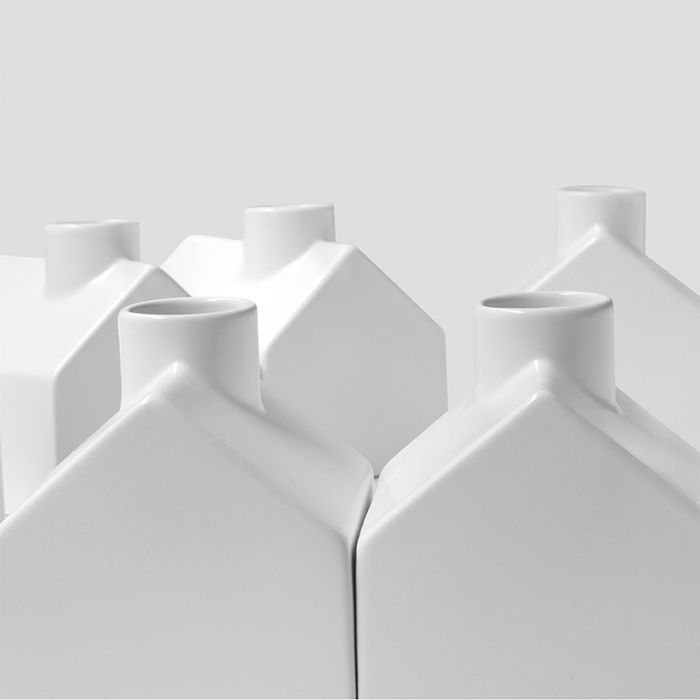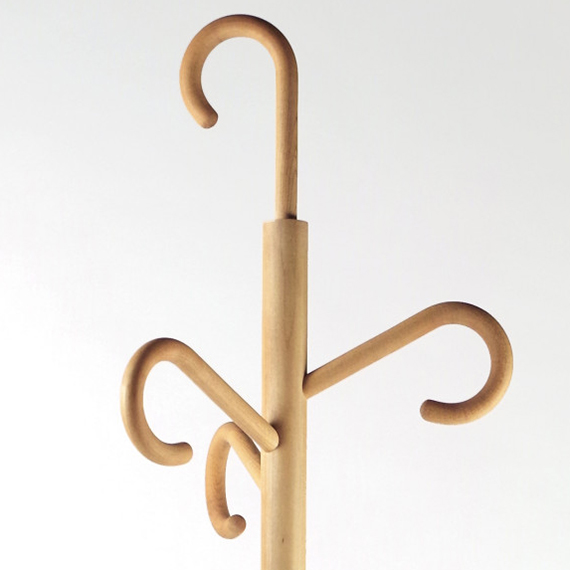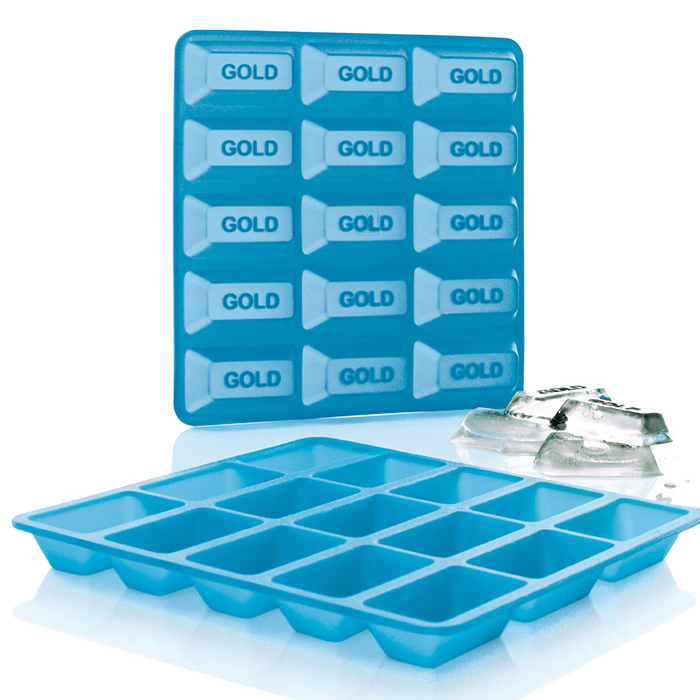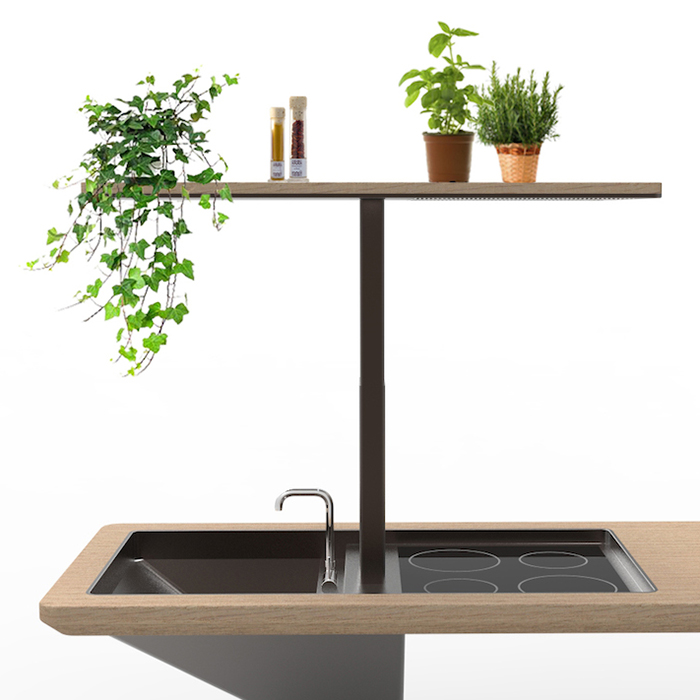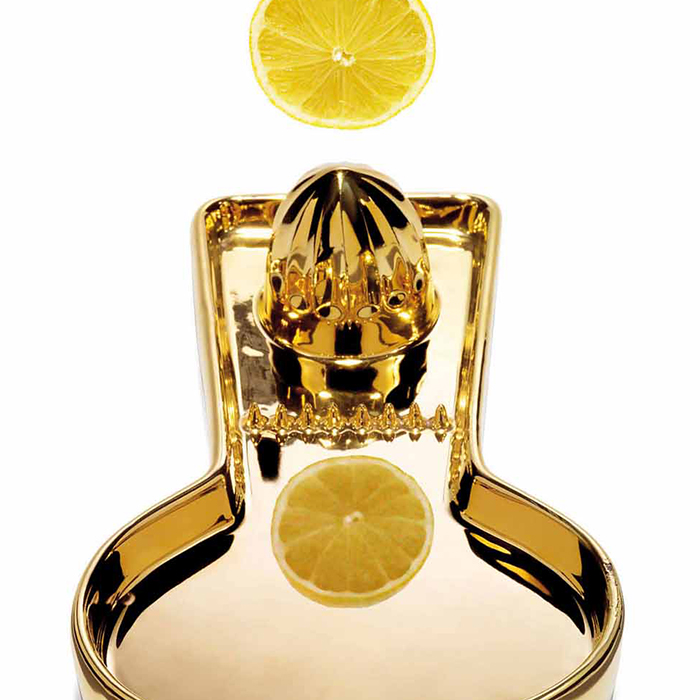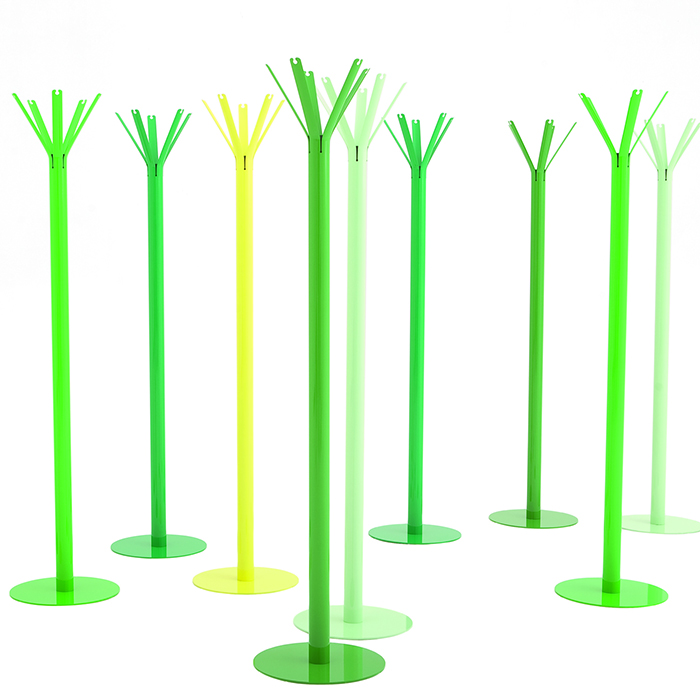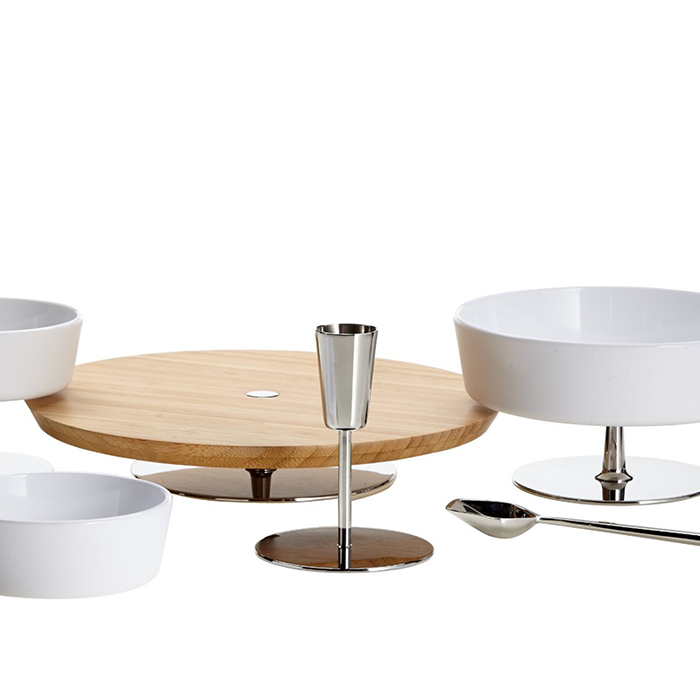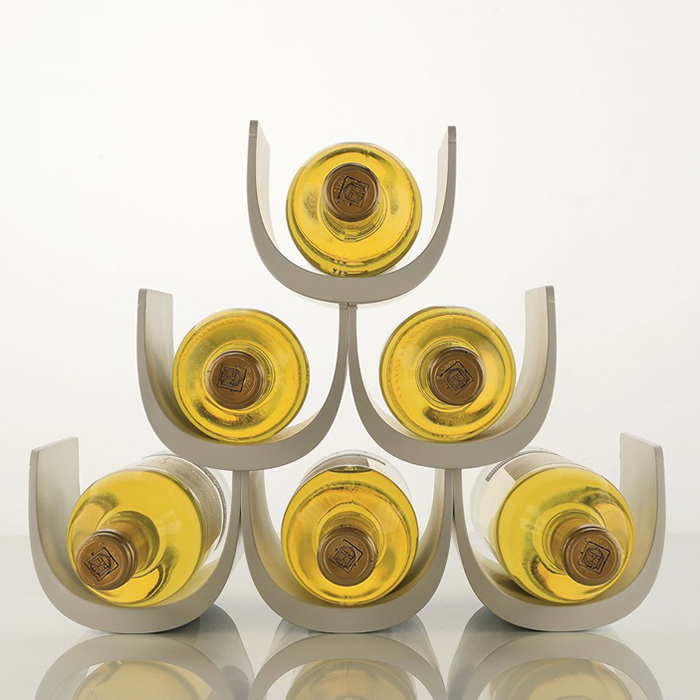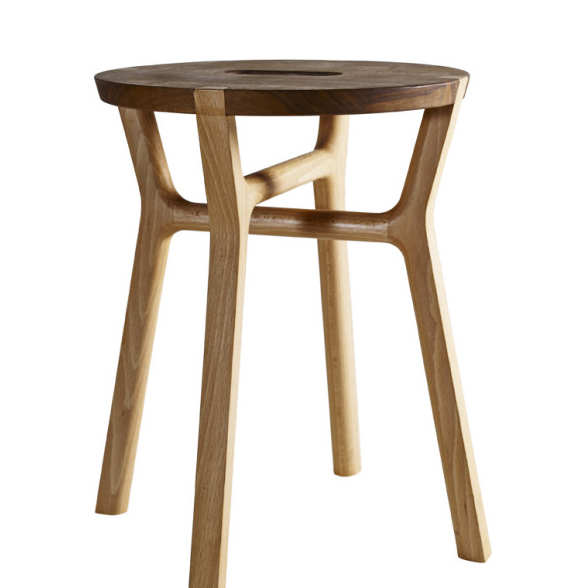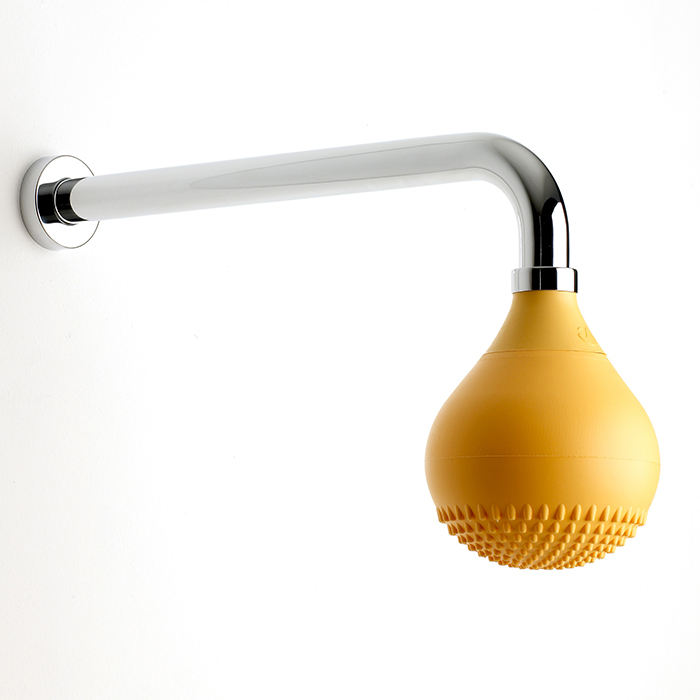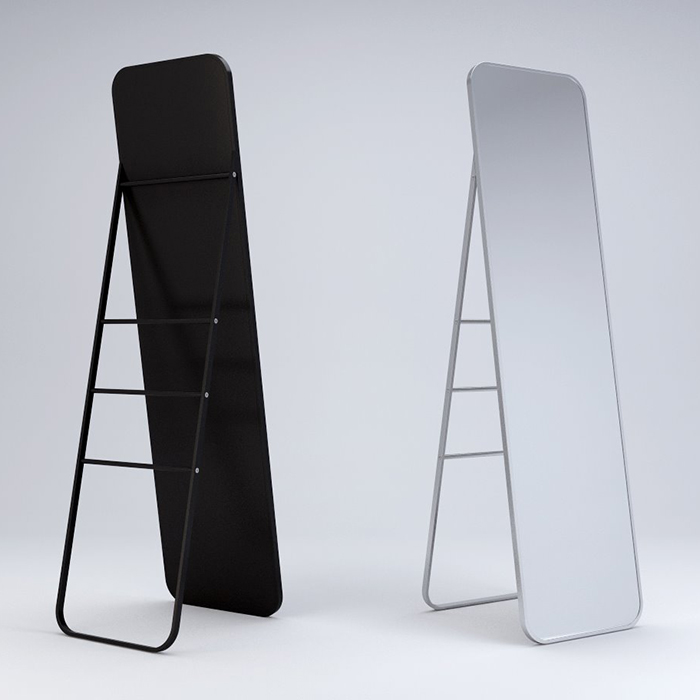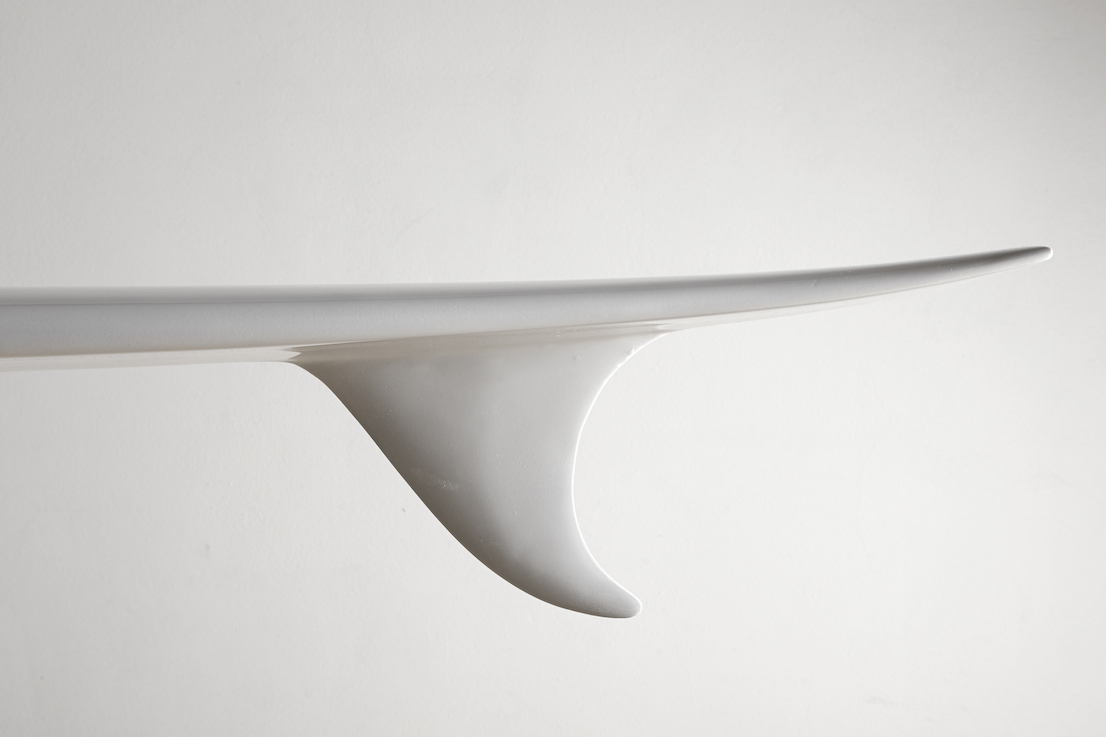‘Some Beautiful, Some Helpful’, All Honest: An Interview with Giulio Iacchetti
/For Giulio Iacchetti, it makes much more sense to disobey than to conform. Since 1992, the Italian industrial designer has consistently gone against the grain and against the norm, redesigning all aspects of life and livability, everything from daily objects like champagne openers to the very words he utters in conversations, turning out new “models” that make much more sense. The intensely thoughtful, Achille Castigiloni-quoting, and cheerful Iacchetti produces work that redefines object typologies for a new era, and he’s wracked up an impressive list of collaborations that includes masterpieces from Alessi, the famed Italian household appliances manufacturer, the head of which, Alberto Alessi, gave Iacchetti a significant breakthrough in the industry about six years ago.
Iacchetti’s accolades include the Compasso d’Oro in 2001 (for his biodegradable spoon/fork which he designed with Matteo Ragni) and the Premio dei Premi (by the President of the Italian Republic, awarded for his Coop Eureka). The Triennale di Milano held the solo exhibition “Giulio Iacchetti: Disobedient Objects” in 2009, and as a research professor, Iacchetti has supplemented his practical designs with critical and theoretical projects, the fruits of which have birthed the Cruciale exhibition on the symbolism of the cross, which has been hosted by the Diocesan Museum, the Basilica di Santo Stefano Rotondo, and the Castello di Lombardia. Despite all these successes, and even after attaining his dream of collaborating with Alessi, Iacchetti remains consistently dissatisfied with his work, but fortunately, lapsing into this “restlessness of never reaching what I really mean by perfection is a great incentive to try again each time to overcome my limits, always trying to improve the quality of my design.”
We shook hands with Giulio Iacchetti at Wanted Design NYC, during New York's Design Week. In the ensuing conversation, recorded below, Iacchetti opens up on his inspirations, his childhood ambitions, his professional development, and his Alessi collaborations.
K: Can you recall your earliest memories of being intrigued by design?
GI: My father was a laborer who worked for Olivetti, the great Italian company (later recognized also as a design brand). One day, I remember that he brought home a "Divisumma", a calculator designed by Marcello Nizzoli. That object made a permanent impression in my memory and many years later, I discovered the importance of that designer and his superb work...and the massive and sculptural presence of that majestic object, on the kitchen table, remains indelible to me.
K: Was creativity part of your childhood and were you encouraged in those types of pursuits? Describe your path to what you’re doing now.
GI: Since I was a child I have always loved modeling and sculpting. First the clay, then the wood -which in my house has never lacked! I thought that I would become a sculptor. In particular I had a fondness for Gothic and Romanesque sculpture: Arnolfo di Cambio, Antelami, Jacopo della Quercia. Then, in time, I forgot my natural tendency for the design of the form, clearly not at all. In my work I track down the same passion and curiosity for everything that is three-dimensional!
K: Who influences your work? Have you had any mentors along the way?
GI: When I was a child, my father taught me right away how to solve minor problems at home, such as repairing toys or creating things I needed, using only the intelligence and the minimum financial investment: it was my first important design lesson. Later I recognized in Enzo Mari and Achille Castiglioni’s work - a great example of project methodology, but always close to the spirit of my home: “not much, but a lot”!
K: How did you start working with Alessi?
GI: As I finished school I started to send Alessi different project proposals: they were naive and totally off-target projects. I had a well-stocked collection of rejection letters which were always written with kindness and care for my work.
I finally got tired and I thought that I would never work for them. Then, about 6 years ago, I met Alberto Alessi and I received my first brief, that was the request to design a tray. It was a special moment that marked a great turning point in my work.
K: What project are you most proud of?
GI: It 's very difficult to answer this question, I usually go off immediately when my projects become products, but I have to admit that all Noè Wine Set is a good point of arrival, especially the champagne opener. It looks like a tool that has always existed, as if it had already become a classic.
K: What has been the all-time best moment of your design career?
GI: When I won my first Compasso d’Oro Award with Moscardino, for a small biodegradable disposable cutlery set that over time became an object of great recognition in the italian design panorama.
K: Are you creatively satisfied?
GI: Luckily I am always dissatisfied! This restlessness of never reaching what I really mean by perfection is a great incentive to try again each time to overcome my limits, always trying to improve the quality of my design.
K: You are a professor as well. What is the greatest challenge in teaching design? What is the greatest reward?
GI: To teach is equivalent to design: there are goals to reach, limits to respect and possibly to overcome, generally I do not "teach" students design, but I put myself at their side and work together, because only by working and inevitably making mistakes, you can progress. Achille Castiglioni said “who doesn’t do wrong will not learn!”
K: In what ways have you watched the design industry change/evolve in the past twenty years?
GI: In the recent years, the historic brands of the design world have joined with the young ones that are conscious of the craftsmanship and offer fresh, basic and digital objects and ideas. Although these brands are expression of local crafts qualities, they know how to present themselves to the international audience. They are expressions similar to indie music, that is autonomous with the consolidated design system. I look carefully at the flourishing of these brands because I feel that in those situations you can find a certain innovation, linked to new ways of e-commerce, which I find very inspiring.
K: Are there any projects you want to explore in the next few years?
GI: I’ve always wanted to design musical instrument; it would be great to design for Fender or Gibson, sooner or later it will happen...
K: What kind of legacy do you hope to leave?
GI: A handful of honest projects, some beautiful, some helpful.
